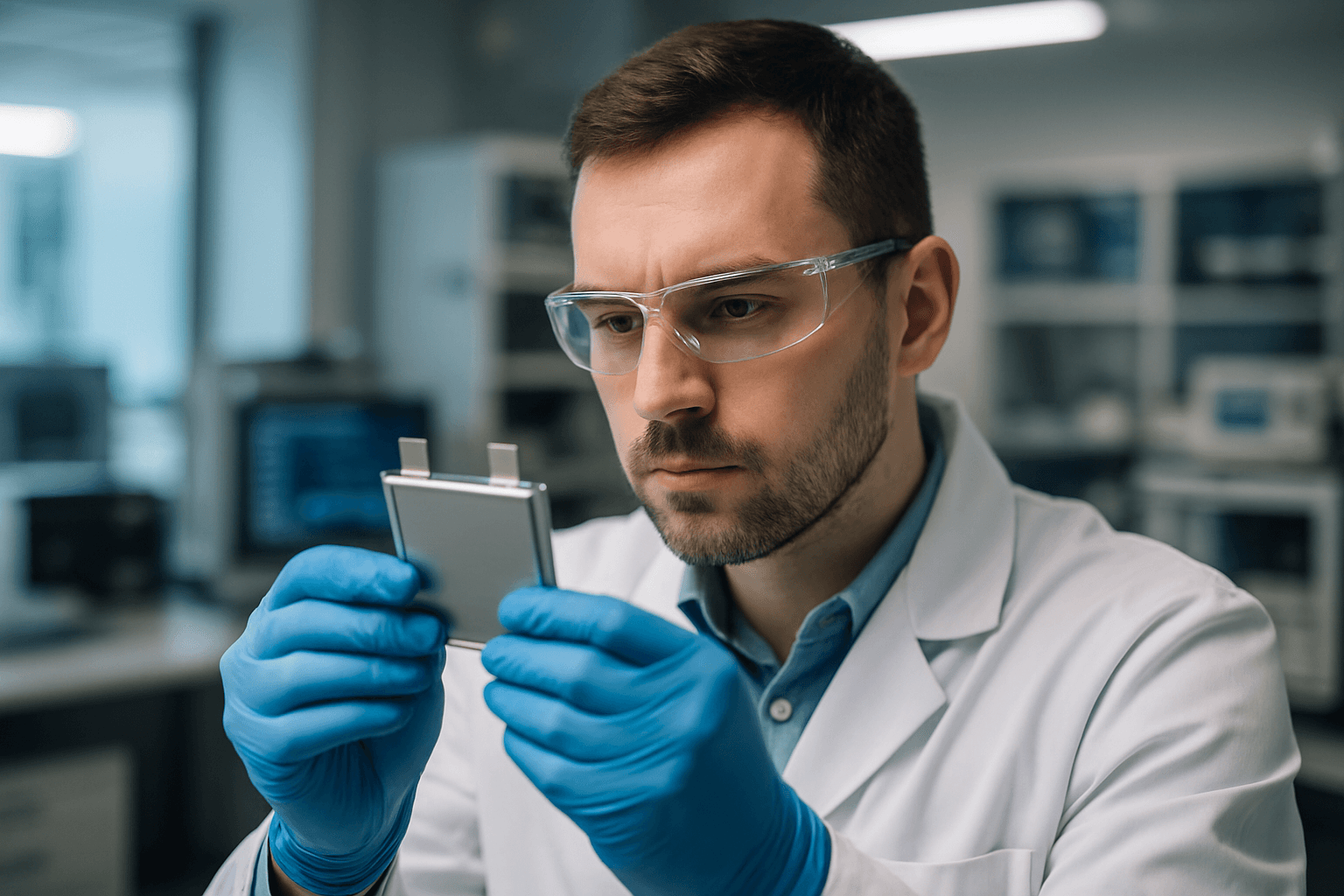Electric vehicles (EVs) have rapidly shifted from niche to mainstream, yet lingering concerns about battery lifespan, range anxiety, and charging times persist for many potential adopters. Imagine an electric car battery that could last for four decades, offer over 600 miles on a single charge, and replenish in mere minutes. This is the groundbreaking promise from Toyota, which has reignited the industry’s excitement around solid-state battery technology, long considered the “holy grail” of EV power.
Understanding Solid-State EV Battery Technology
At its core, a solid-state battery (SSB) fundamentally differs from the conventional lithium-ion batteries powering most EVs today. The key distinction lies in the electrolyte: SSBs utilize a solid material instead of a flammable liquid or gel to conduct ions between the anode and cathode. This architectural shift unlocks a cascade of potential benefits for electric vehicle technology.
Advantages of Solid Electrolytes
Solid electrolytes are denser and inherently safer than their liquid counterparts. This eliminates the risk of thermal runaway and fire, which is a concern with some traditional lithium-ion batteries. Furthermore, solid electrolytes allow for significantly higher energy density, meaning more power can be packed into a smaller and lighter battery. This translates directly into extended EV range without increasing vehicle weight, or allowing for more compact battery packs. Solid-state batteries also promise faster charging times due to their ability to endure higher charging rates.
Toyota’s Ambitious Claims: Lifespan, Range, and Rapid Charging
Toyota has made bold pronouncements regarding the performance of its forthcoming solid-state EV batteries, targeting a revolutionary 40-year lifespan while maintaining 90% of their capacity. This is a monumental leap compared to current lithium-ion batteries, which typically maintain 90% capacity for about 10 years.
Keiji Kaita, president of Toyota’s Carbon Neutral Advanced Engineering Development Centre, articulated these targets, emphasizing the technology’s potential for “high power, compact size, long range and long life.” Beyond longevity, Toyota’s solid-state batteries are projected to offer over 1,000 kilometers (621 miles) of range on a single charge and achieve ultra-fast charging times of 10 minutes or less for a 10-80% charge.
The Vision of a “Battery Outliving the Car”
The prospect of a battery lasting 40 years is truly transformative. It suggests a lifespan that could outlast multiple vehicles, enabling the battery to be removed from one car and reused in another, potentially two or three times. This “super long-life” feature could significantly alter the economics of EV ownership, mitigating initial higher costs by extending the value proposition across several vehicle lifecycles. Moreover, it drastically reduces the carbon footprint associated with battery production, as fewer new batteries would need to be manufactured over time.
The Road to Mass Production: Challenges and Timelines for Solid-State Batteries
Despite the immense promise, the journey from laboratory breakthroughs to widespread commercialization of solid-state batteries has been fraught with challenges. Toyota itself has a history of revised timelines, initially promising solid-state batteries by 2020, then 2023, 2026, and now targeting 2027-2028 for initial limited production. This has led to a “credibility gap” within the industry, as competitors like Mercedes and Chinese battery giants CATL and BYD are also making significant strides and, in some cases, already testing solid-state technology on public roads.
Technical Hurdles in Manufacturing
Scaling up solid-state battery production faces several technical obstacles. Manufacturing solid electrolytes in bulk, ensuring they are low-cost, and addressing their inherent brittleness and susceptibility to mechanical failures are critical. Maintaining a stable interface between the solid electrolyte and other battery components is also crucial to prevent poor contact and high resistance, which can degrade performance. The issue of lithium dendrite growth during charging, which can lead to short circuits, also needs careful management, although innovations are reducing this risk.
Financial and Logistical Complexities
Beyond technicalities, the financial and logistical demands of establishing mass production for solid-state batteries are substantial. It requires significant investment in new infrastructure and the acquisition of high-grade, often expensive, materials for ionic conductivity and structural integrity. Developing robust supply chains for these specialized materials is another major undertaking that can influence manufacturing schedules. Initial production costs for solid-state batteries are expected to be considerably higher than current lithium-ion batteries, potentially three times more per kWh. This suggests early adoption might be limited to premium vehicle segments before costs can be driven down through economies of scale.
Toyota has partnered with Sumitomo Metal Mining for the mass production of cathode materials, targeting production by Japan’s fiscal year 2028, underscoring the collaborative effort required to overcome these hurdles.
Transforming the EV Landscape: Impact and Future Outlook
If Toyota successfully delivers on its solid-state battery promises, the impact on the electric vehicle market and consumer perception could be profound. A battery with a 40-year lifespan, extended range, and ultra-fast charging addresses virtually all current pain points associated with EV ownership.
Reshaping Vehicle Ownership and Sustainability
The potential for batteries to outlast the vehicles they power could lead to innovative business models, such as battery swapping programs between cars, further enhancing their long-term value. From an environmental perspective, extending battery life by four times would significantly reduce waste and the overall carbon footprint associated with battery manufacturing and disposal, making EVs even more sustainable.
Accelerating EV Adoption
Such advancements could alleviate range anxiety, making long-distance travel as convenient as with gasoline cars, and diminish concerns about battery degradation over time. This would likely accelerate mass EV adoption by making electric vehicles a more convenient, cost-effective (in the long run), and environmentally friendly choice for a broader demographic. Toyota’s commitment, despite past delays, signals a strong belief in solid-state technology as a key differentiator in the increasingly competitive EV market. The world watches keenly to see if this “holy grail” of battery technology finally pulls into the station on schedule.

